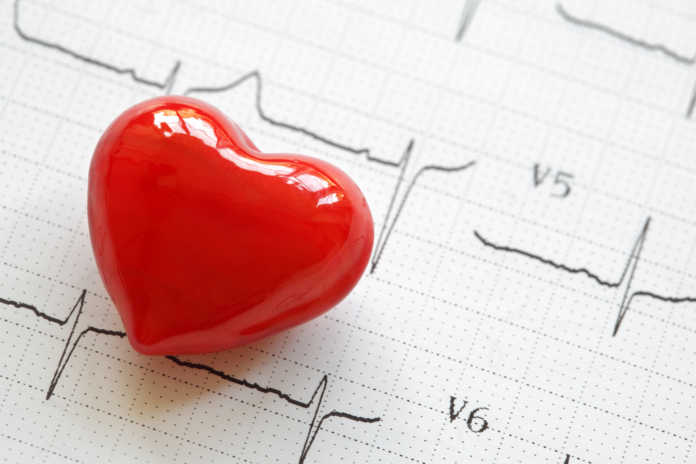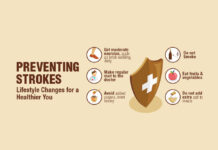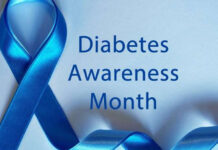
Cholesterol and our Health
Cholesterol plays a vital role in the functioning of the body, since it is found in every cell and is implicated in hormone production.
Cholesterol is either synthesized in the body or absorbed from animal products consumed in one’s diet. About two-thirds of cholesterol comes from the liver, and about one-third from diet. Bile in the liver eliminates about two-thirds of cholesterol.
Lipoproteins are complexes that transport hydrophobic plasma lipids, in particular cholesterol and triglycerides. They are transported in the blood by LDL (low density lipoprotein), HDL (high density lipoprotein) and VLDL (very low density lipoprotein). VLDL and LDL are responsible for transporting triglycerides and cholesterol from the liver to the body’s cells. HDL returns the lipids to the liver where they are metabolized for elimination via bile salts.
Although essential in the body, high levels of “bad” cholesterol (which is LDL) can have adverse consequences on blood vessels, resulting in cardiovascular disease.
Treating cholesterol is not just about lowering the LDL levels in your blood, however; it’s about much more than that. There is even some debate about whether LDL is the culprit–or the main cause–of cardiovascular disease.
Who is At Risk?
According to Statistics Canada, the percentage of Canadians with above-normal levels of LDL between 2009 and 2011 were, by age group:
Ages 6 to 19, 6%
Ages 20 to 39, 12%
Ages 40 to 59, 40%
Ages 60 to 79, 26%
In Canada, cardiovascular disease (CVD) accounts for one-third of all deaths and $22 billion a year in associated healthcare costs.
Risk factors for cholesteremia (elevated cholesterol):
- Age
- Metabolic syndrome/syndrome X
- Men
- Smoker
- Diabetes
- LDL
- High blood pressure
- Chronic stress
- Family history
- Overweight and obesity
- Lack of exercise, sedentary lifestyle
- Control C-reactive protein (CRP). Be careful when interpreting whether there are concomitant acute disorders.
Especially to note:
Elevated levels of homocysteine are often accompanied by high cholesterol and metabolic syndrome (see below). Coffee consumption, excess alcohol, lack of exercise, stress and being overweight are factors that increase homocysteine. As a precursor of atherosclerosis, homocysteine causes damage to arteries and possibly heart attacks, as well as having adverse impacts on other disorders, such as Alzheimer’s, migraine, macular degeneration and hearing loss. Homocysteine is an amino acid that, when present in excess levels, leads to increased risk of cardiovascular disease and other health disorders.
Metabolic syndrome
Excess weight and a high-fat diet, particularly in saturated fatty acids, are cholesterol contributing factors because they are associated with metabolic syndrome (hypertension, dyslipidemia, obesity, diabetes and erectile dysfunction)
Targeting cholesterol should also automatically include the care of homocysteine, atheromatous plaque, preventing clot formation and caring for liver metabolism.
Treatment
Whether this war against LDL is justified or not, some patients do wish to continue lowering their cholesterol levels, with or without statins, a common method used to do so. Lowering cholesterol without statins has proven to be successful and the results speak for themselves in many cases. Effective options without side effects do exist.
The management of cholesterol requires a comprehensive, holistic assessment of the patient in order to achieve results in a healthy and sustained manner.
Consider the following: eliminate trans fatty acids from the diet and quit smoking; maintain a healthy weight; exercise; learn to manage depression and anxiety and learn to control them; embrace spirituality/meditation; consume essential fatty acids and assess the foods you consume.
Consider cardioprotective supplements: Red rice yeast alone reduces cholesterol by 25% to 35%, according to studies conducted. Herbasante’s Cholester-Aid formula is a synergy of ingredients that acts on various mechanisms to reduce cholesterol. It also helps to support cardiovascular health. Best of all, it’s a natural plant based formula that has no side effects.










